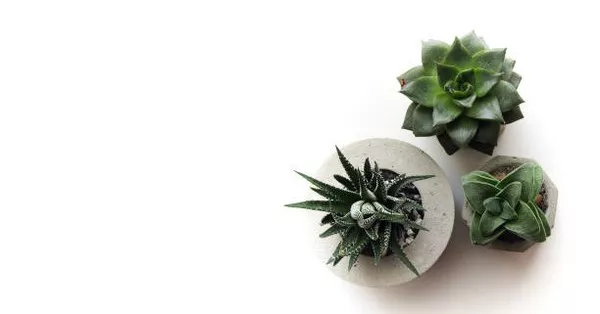Succulents, with their unique shapes and striking appearances, are beloved by plant enthusiasts worldwide. However, like all plants, succulents are susceptible to various pests and diseases that can affect their health and beauty. One such pest that commonly infests succulents is scale. In this article, we will explore the causes of scale on succulents, how to identify an infestation, and effectively manage and prevent this unwelcome invader.
Scale Insects and Their Impact on Succulents
1. Scale Insects: Scale insects are small, sap-sucking pests that belong to the order Hemiptera. They are named after their protective waxy covering, which resembles scales or shells. These covers help protect them from predators and certain pesticides.
2. Types of Scale: There are two main types of scale insects that commonly infest succulents: armored scales and soft scales. Armored scales have a hard, protective covering, while soft scales have a softer, waxy shell.
3. Damage to Succulents: Scale insects pierce the plant’s tissue with their mouthparts and feed on sap. This feeding behavior weakens the plant, causing stunted growth, yellowing of leaves, leaf drop, and, in severe cases, death of the succulent.
Causes of Scale Infestations on Succulents
1. Planting Succulents Near Infested Plants: Scale insects can easily transfer from one plant to another. If you introduce a new succulent near infested plants, the scale insects may spread to the new plant.
2. Infested Garden Tools: Using garden tools that have come into contact with infested plants can inadvertently transfer scale insects to healthy succulents.
3. Poor Air Circulation: Overcrowding or poor spacing of succulents can create conditions that promote scale infestations. Proper air circulation is essential to prevent pest buildup.
4. Overwatering: Overwatering succulents can create a humid environment that encourages the development of scale insects.
Identifying Scale Infestations on Succulents
1. Small Bumps or Shells: Scale insects appear as small bumps or shells attached to the leaves, stems, or undersides of succulents.
2. Yellowing and Wilting: Infested succulents may show signs of yellowing leaves or wilting due to the sap loss caused by scale feeding.
3. Sticky Substance: Scale insects secrete honeydew, a sticky substance that can attract ants and lead to the growth of sooty mold on the succulent’s surface.
4. Black Sooty Mold: The presence of black sooty mold on the succulent’s leaves or stems may indicate a scale infestation.
Managing and Preventing Scale Infestations
1. Isolation and Quarantine: If you suspect a scale infestation, isolate the affected succulent from other plants to prevent the pests from spreading.
2. Manual Removal: For light infestations, manually remove scale insects using a cotton swab dipped in rubbing alcohol. Gently dab the pests to dislodge them.
3. Insecticidal Soap or Neem Oil: Insecticidal soaps or neem oil can be effective in controlling scale insects. Follow the product instructions for safe and proper application.
4. Natural Predators: Encourage the presence of natural predators, such as ladybugs or lacewings, that feed on scale insects.
5. Pruning Infested Areas: For severe infestations, consider pruning heavily infested parts of the succulent to prevent the spread of scale insects.
Conclusion
Scale insects are unwelcome invaders that can cause significant damage to succulents if left unchecked. Understanding the causes of scale infestations and how to identify the signs of these pests is essential for effectively managing and preventing their spread. By practicing good plant care, maintaining healthy succulents, and implementing appropriate control measures, we can protect our beloved succulents from the damage caused by scale insects and other pests. Early detection and prompt action are key to preserving the beauty and health of these captivating plants, ensuring they continue to thrive as cherished additions to our indoor and outdoor spaces.


